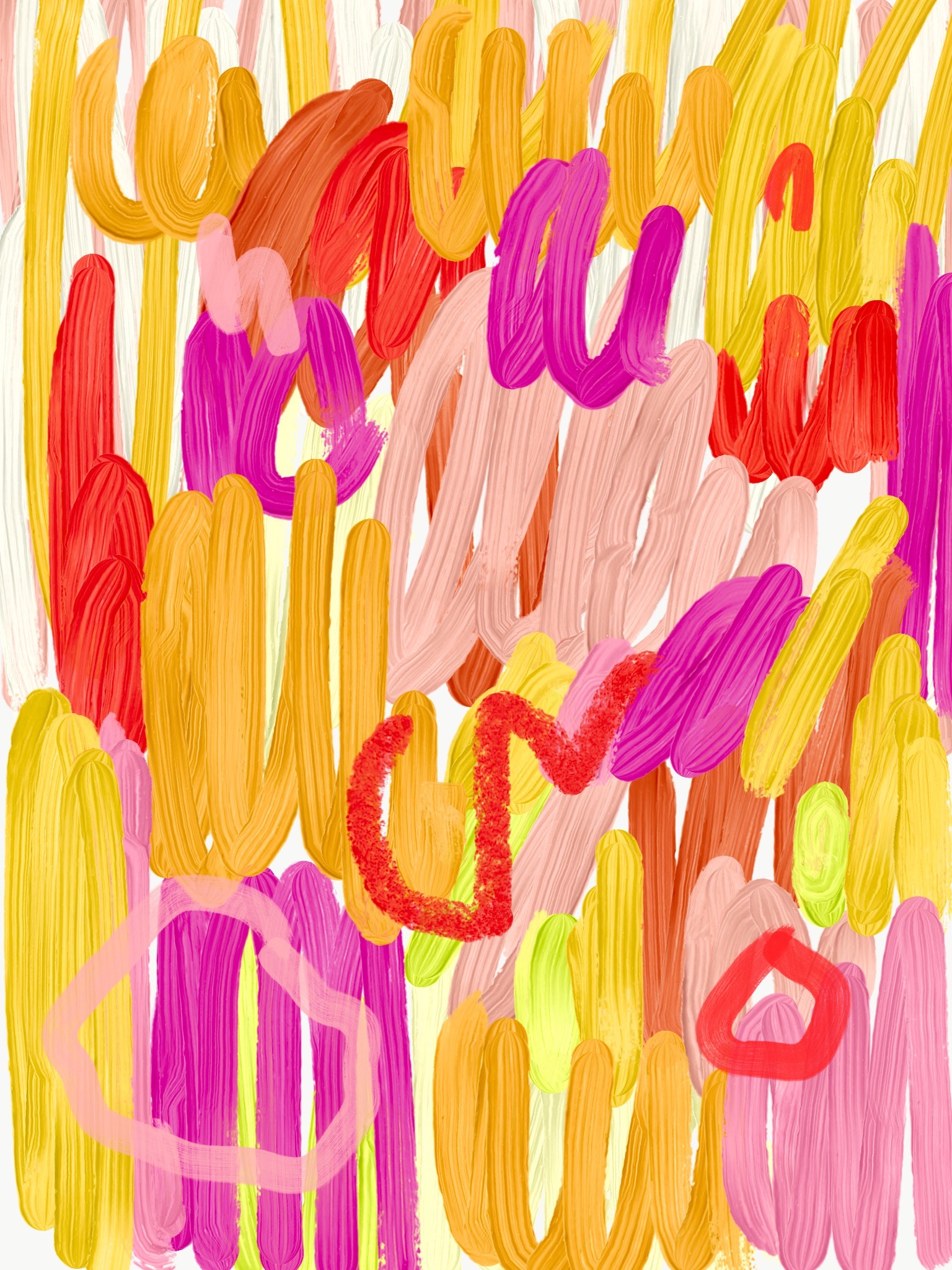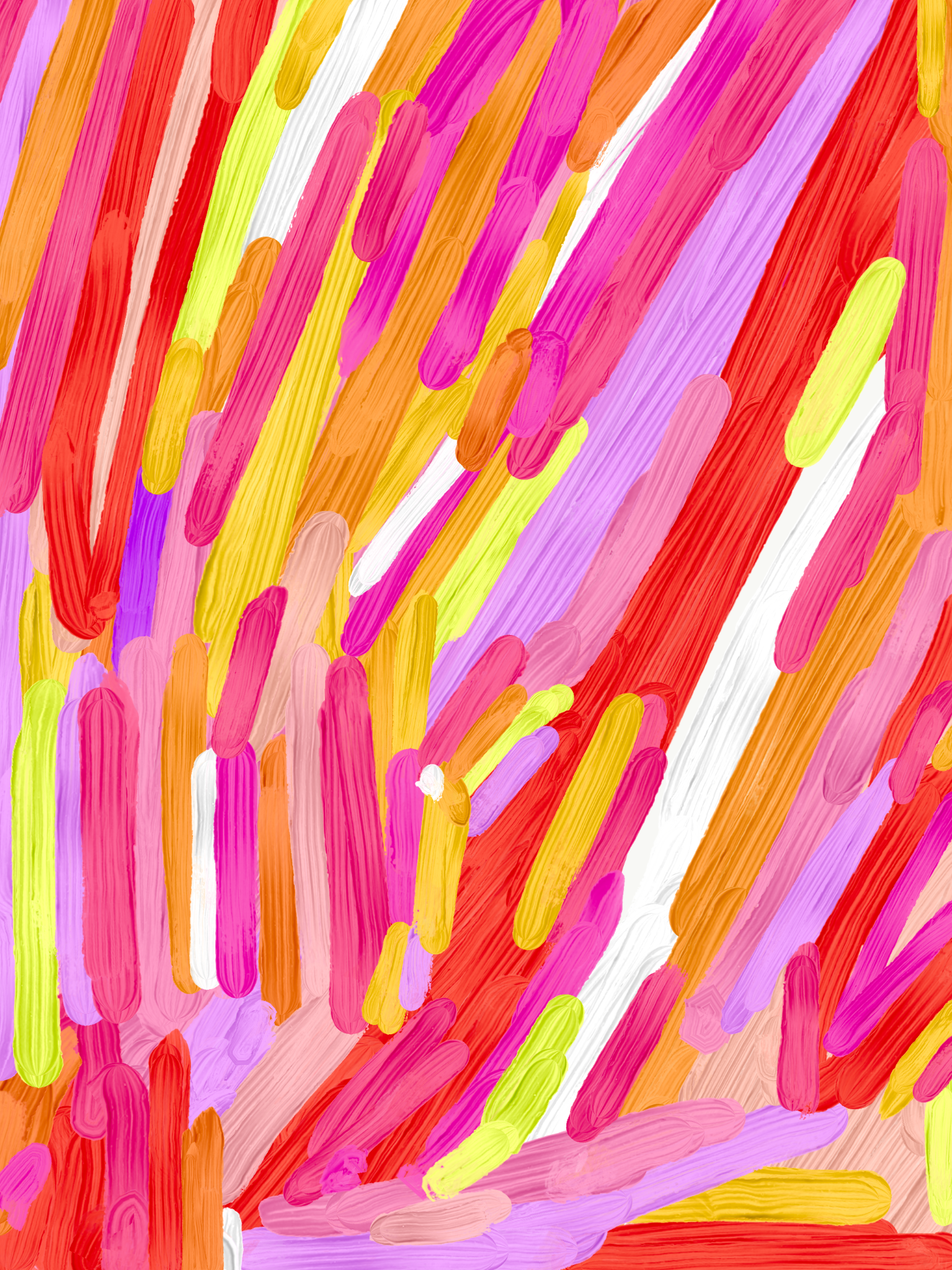Digital Drawing Methodology
2017 - ongoing
Why I Draw is an exploration of drawing as a method of maintaining mental wellbeing. Initially developed in response to the artist labour performed in emotionally demanding arts and health contexts including; The Olivia Newton John Cancer Care & Wellness Centre (Melbourne), The Princess Elizabeth Hospital (Guernsey) & Manchester University Hospital (UK). Now an ongoing practice to support self-care.
































Writing on the artist labour performed in arts and health contexts, written following the observation of a Culture Club workshop delivered as part of the Whitworth Art Gallery’s Arts and Health programme -
Bob Dickinson
Social Freeform . 2017
Niki Colclough is a visual artist whose work aims to connect with people, through interventions that take on a range of forms. There are many artists in Britain today who would describe their practice as “socially engaged”, using the term to describe a wide variety of collaborative practices. One notable example of socially engaged practice in this country was 2015’s Turner Prize winner, Assemble. But most socially engaged art practice carries on without gaining any headlines.
Niki Colclough’s social realm includes work in health settings, amongst others. Her practice is “engaged” because the work she does with individuals and groups, aims to enhance mental, physical and emotional well-being. This therapeutic work undertaken by artists and practitioners like Niki can reduce stress, improve self-esteem, improve cognitive abilities, and enhance lived experience for those participating. Key to this taking place is the input provided by staff and volunteers, working alongside the artist and the participants, enabling the work and building the therapeutic act into the timetabled routines of an institution.
One February afternoon in 2017 I joined Niki to observe her at work, leading an art session at the Stroke Unit at Trafford General Hospital, Greater Manchester. These sessions have been commissioned by the Whitworth Art Gallery. Work from the gallery’s collection is referred to in the sessions and sometimes, actual physical examples are presented.
Accompanied by Anne Kearton, an Occupational Therapist, who would assist with the session, we proceeded to the day room – a space cheerfully decorated with bunting hanging from the ceiling, and containing in one corner a 1950s-style television set, period toys and games - familiar objects for the Unit’s age-group. The well-lit room felt warm and friendly, with examples of artworks from previous sessions decorating the walls. A group of patients, who happened to be all female that day, but usually include men, was gathering around a long rectangular table; Niki had met all these patients before. Recently, one of them, Cathy, had had a second stroke. Niki began by asking if anybody had visited the Whitworth Art Gallery. Cathy had not. But two others, Pauline and Anne, had been there. Another, Claudia, wasn’t sure. And then a final patient, Jennifer, arrived, just as a nurse began to ask the patients what they wanted for lunch the following day.
“We’re going to have a go at printmaking,” Niki announced. Anne Kearton was filling in evaluation forms. It was difficult for Niki to get the session going. But she is persistent, and began showing the group some examples of prints by Tibor Reich, the Hungarian-British twentieth century textile designer who has recently been the subject of an exhibition at the Whitworth. Next she presented an example of a print from a previous session, made by Pauline.
“I’ve made some collage pieces,” Niki said, passing little cut-out pieces of coloured paper, and telling the group to “See which shapes you like. We’ll use them to make a collage that we can turn into a print design.” Niki then gave out large pieces of paper in neutral colours, and glue-sticks, so collage-work could proceed. She had to help Claudia to arrange shapes on the sheet, because Claudia did not have the dexterity to move them about at first. Then she helped Jennifer by holding down her chosen paper pieces while Jennifer applied glue. Cathy was not happy with the way her collage was developing, saying it “Looks unstable.” “The pieces do look like they’re falling,” Niki replied . Bit by bit, Niki was trying to encourage all the patients to find their own way into a creative process.
Not all the patients were fully involved. Anne, a patient with dementia, left the room for several minutes, and then came back, but still did not seem interested in making a collage. A friend of Claudia’s, who introduced himself as Earl, then arrived, and chatted to her while she carried on making her design. As the work got more involved, I scribbled faster and faster in my notebook: “Catherine is gluing with difficulty. Pauline is nervous about gluing. Jennifer is drawing...”
Claudia was enjoying herself. “I don’t know where it’s going but I keep sticking them on,” she said, laughing, to which Niki responded, “That’s how a lot of artists work.” Even Anne, the reluctant one, started arranging shapes and applying glue. “What do you call it?” Claudia asked, about the work she was making, “A collage?” From the other end of the rectangular table, Anne Kearton commented, “Someone might pay a lot of money for it one day.” Pauline was also pleased with her pattern, an arrangement of tear-shaped pieces in blue and green on buff-coloured paper.
Niki produced equipment to start making prints: polyprint, printing ink, trays and rollers. Jennifer began cutting the polystyrene into fish-like shapes and Niki then demonstrated to her how to print, using the rollers and ink. Catherine was still worried about her fragmented composition, but Niki told her about how in Japanese art there is an aesthetic love of “broken things” (as demonstrated in broken pottery that is mended using “kintsugi”, or resin mixed with gold). On reflection, much later, this observation seems as relevant to the group of people in the session themselves, as much as to any of the pieces of work they produced.
Niki squeezed out more ink. Earl said goodbye. Claudia explained that he is a friend and neighbour who lives across the road from her, and regularly brings her fruit from a nearby shop that “used to be a hardware shop”. Reluctant Anne finished a crowded collage, described by her as representing “tools”. Niki helped Catherine to make her print. I suddenly noticed the fish-shaped pieces of polyprint were engraved with lines to create texture in the print. Jennifer said she was feeling tired.
Niki to Catherine: “Shall we do some more?” Catherine to Niki: “Three little fishes.”
Claudia was also feeling tired. But Pauline had started making another collage. Before beginning to show finished work to the whole group, Niki told Catherine, “You’re looking much better this week.”
The work was shown, held up, colour still wet. This was what they did together. There will be more art making next week, Niki promised. The group started to disperse. But the rather disconnected collection of individuals that had assembled here an hour earlier were by the end of the session a real group, having shared this experience of making art, responding to shape, colour, and texture, jogging memory, interacting with one another, Niki, and Anne Kearton.
Afterwards, travelling back into Manchester city centre , I thought about what I had observed, and about the tasks Niki undertakes week after week.
Niki has to engage with the group as a whole and with each individual, including those who may be reluctant and ones who are nervous about making a piece of art. She has to encourage each participant, gently, to complete some work before they start to get tired. But she has to let them do it in their own way, at their own speed. Importantly, Niki engages them not only using the language of everyday conversation but also, on an artistic level, using the language of art. I had watched patients with little experience of art practice begin, however tentatively, to talk about key aspects of what they were doing, including colour, form, and composition, and even to use previously-unfamiliar terms like “collage”. Even if patients do not respond to this artistic element in communication, it still forms the context for the activity. Art is therefore hanging in the air as much as it is on the walls.
In addition, Niki has to deal with the way work is produced unevenly, each patient having their own abilities as well as difficulties according to personality and level of response to the illness they have experienced. Niki works with all of this without knowing in advance who is going to be present at the session from one week to another.
Socially engaged art of this sort produces work that comes together as a response during a given session. At the same time, a group of patients, collectively experience a creative act, exploring technique and experimentation. Understood in this way, it is possible to perceive what Niki calls the “emotional labour” or “investment” that is made by artists like her, when you’re working with people.
Bob Dickinson is a Manchester-based writer and journalist who contributes regularly to the journal Art Monthly and BBC Radio 4. Recently he has begun researching a PhD at Manchester School of Art, Manchester Metropolitan University, looking at Critical Writing and Contemporary Art in the era of urban regeneration in the North West of England.